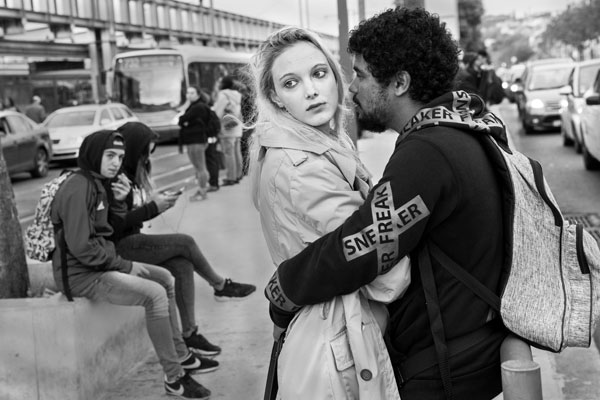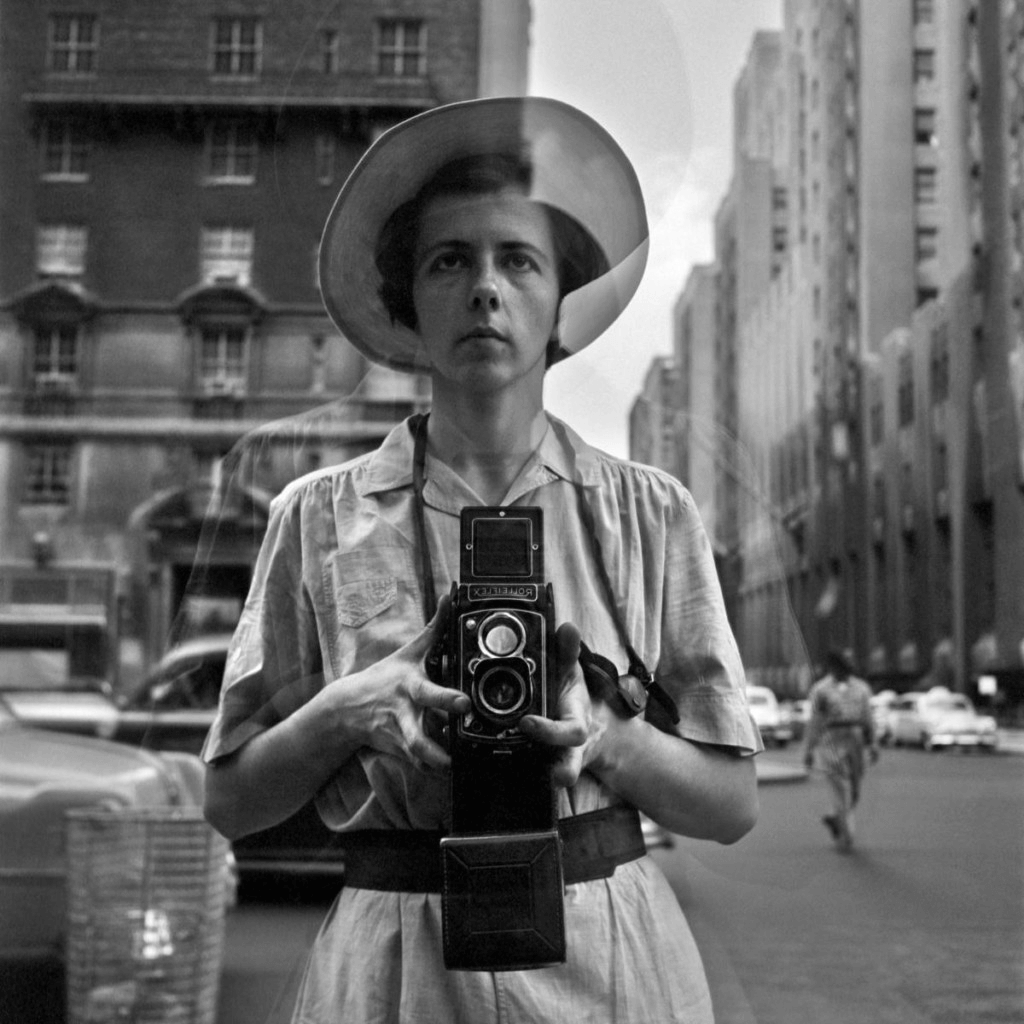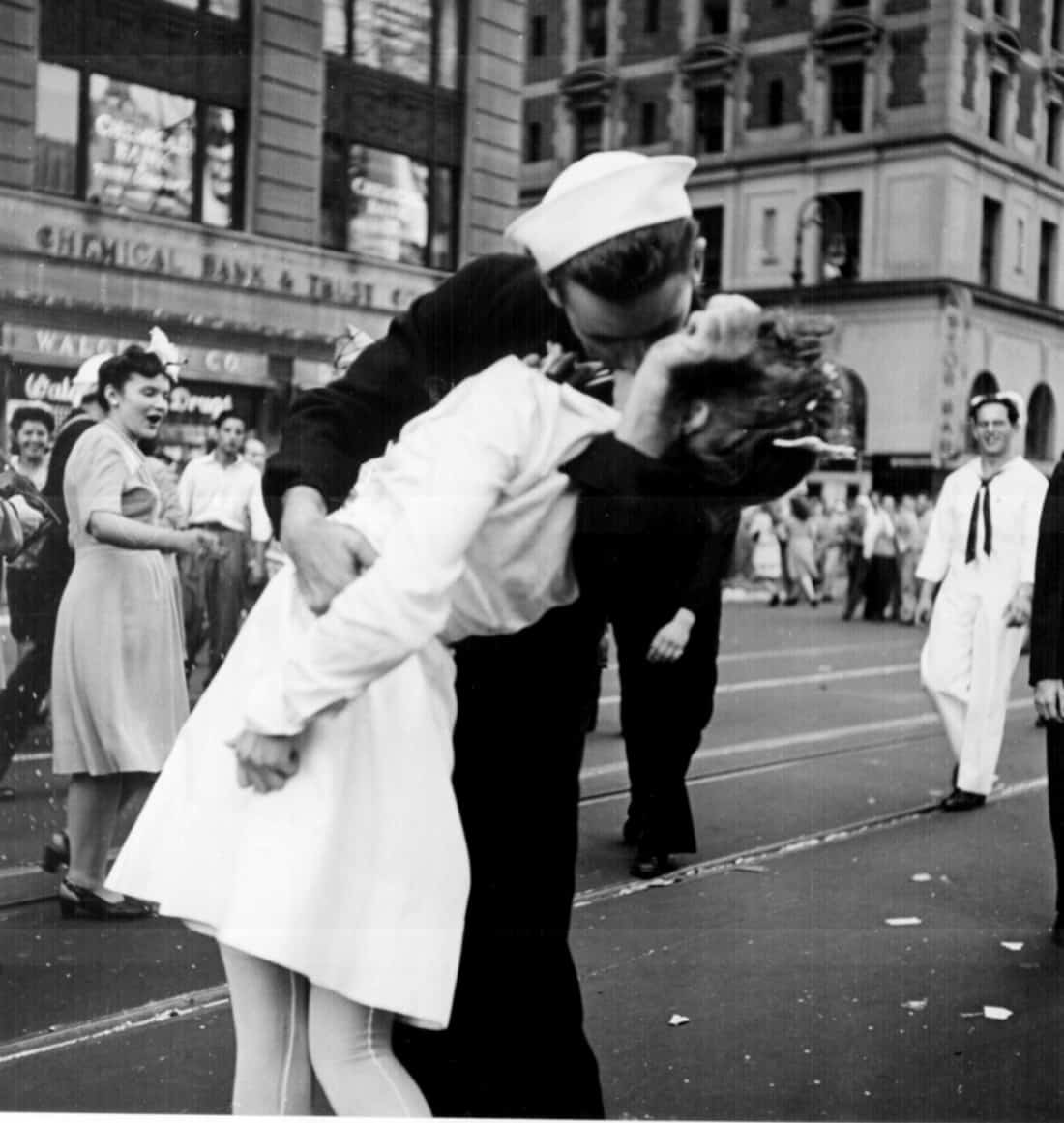Fascination About Framing Streets
Fascination About Framing Streets
Blog Article
An Unbiased View of Framing Streets
Table of ContentsSome Known Factual Statements About Framing Streets Framing Streets Can Be Fun For AnyoneOur Framing Streets StatementsThe 9-Minute Rule for Framing StreetsNot known Details About Framing Streets Top Guidelines Of Framing Streets
Photography genre "Crufts Dog Program 1968" by Tony Ray-Jones Road digital photography (additionally often called honest digital photography) is photography conducted for art or query that includes unmediated possibility encounters and random incidents within public locations, normally with the objective of catching images at a definitive or poignant minute by careful framework and timing. 
, who was inspired to take on a comparable paperwork of New York City. As the city developed, Atget helped to promote Parisian roads as a worthwhile topic for digital photography.

Framing Streets Can Be Fun For Everyone
Martin is the first videotaped photographer to do so in London with a masked video camera. Mass-Observation was a social more helpful hints study organisation established in 1937 which aimed to videotape daily life in Britain and to tape the reactions of the 'man-in-the-street' to King Edward VIII's abdication in 1936 to wed divorce Wallis Simpson, and the sequence of George VI. The chief Mass-Observationists were anthropologist Tom Harrisson in Bolton and poet Charles Madge in London, and their initial report was generated as the book "May the Twelfth: Mass-Observation Day-Surveys 1937 by over two hundred onlookers" [] Window cleaner at Kottbusser Tor, Berlin, by Elsa Thiemann c. 1946 The post-war French Humanist School professional photographers discovered their topics on the street or in the bistro. Between 1946 and 1957 Le Groupe des XV every year showed job of this kind. Andre Kertesz. Circus, Budapest, 19 May 1920 Road photography developed the major content of two exhibits at the Museum of Modern Art (Mo, MA) in New York curated by Edward Steichen, Five French Professional Photographers: Brassai; Cartier-Bresson, Doisneau, Ronis, Izis in 1951 to 1952, and Post-war European Photography in 1953, which exported the idea of road digital photography worldwide.

9 Easy Facts About Framing Streets Described
, after that an educator of young youngsters, linked with Evans in 193839.'s 1958 book,, was substantial; raw and often out of emphasis, Frank's photos examined conventional photography of the time, "tested all the official guidelines laid down by Henri Cartier-Bresson and Pedestrian Evans" and "flew in the face of the wholesome pictorialism and heartfelt photojournalism of American magazines like LIFE and Time".
Report this page